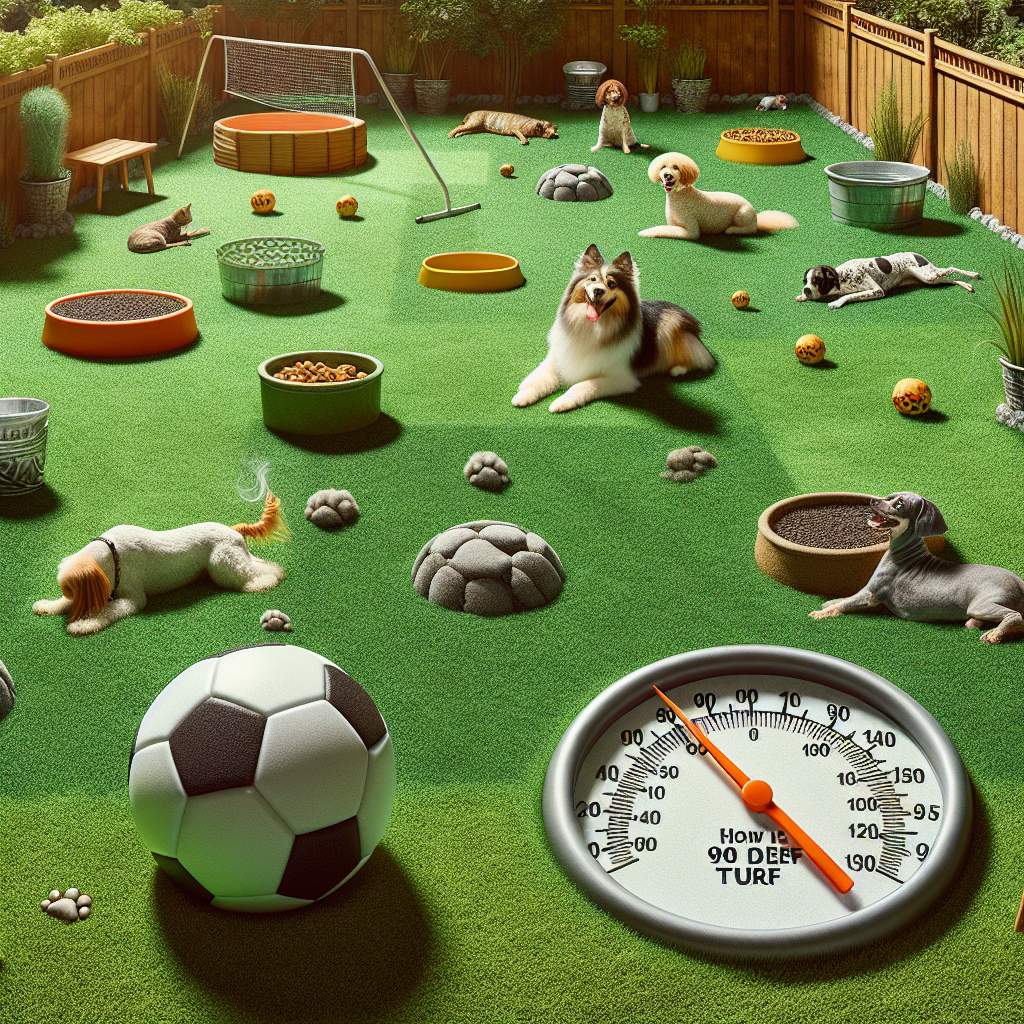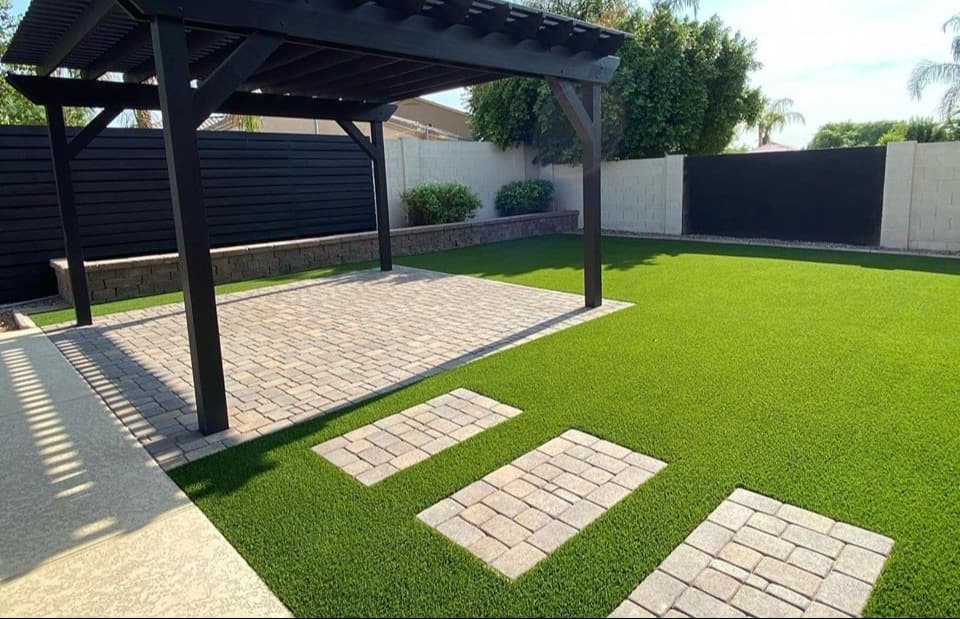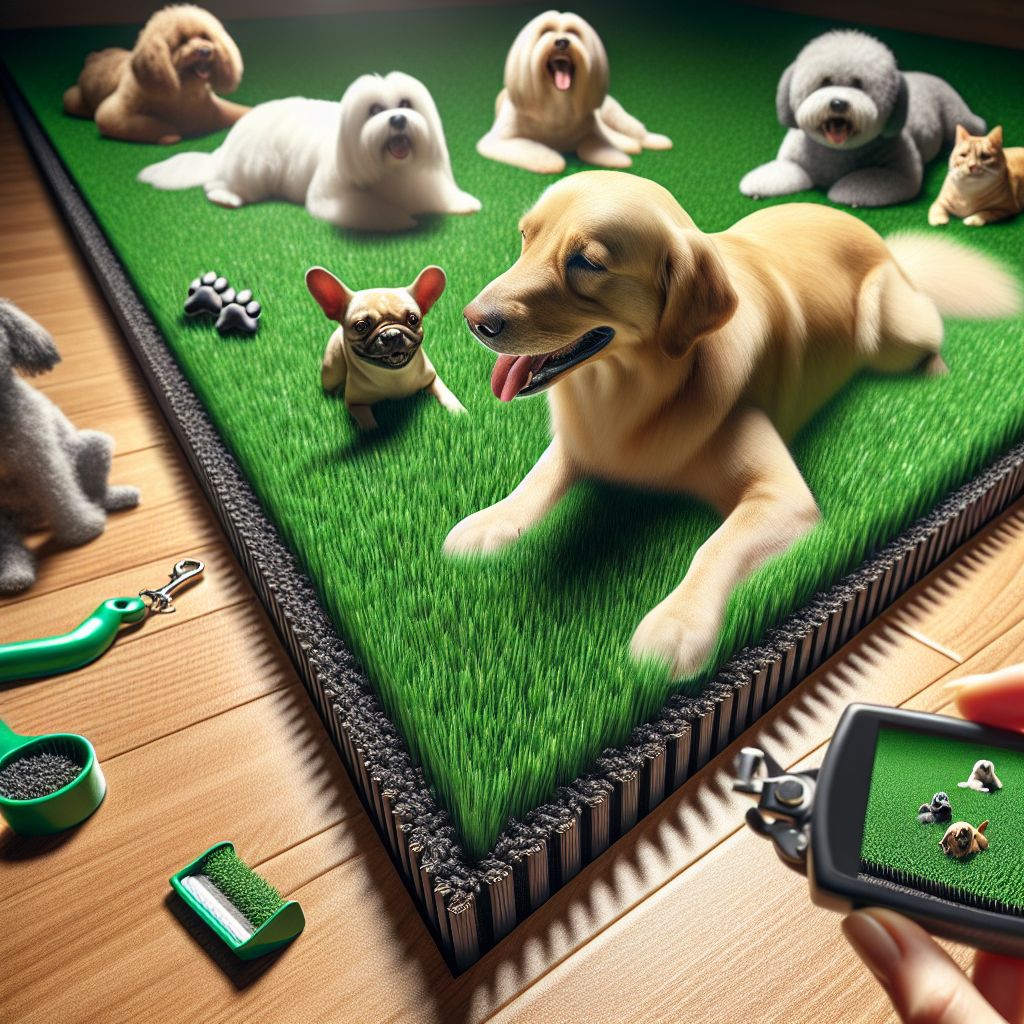
Imagine stepping onto a lush green field, the sun blazing above, and feeling the ground beneath your feet sizzle like a frying pan. On a scorching 90-degree day, that seemingly harmless turf can become a hidden hazard. But just how hot does it get? This article will unravel the mystery behind the soaring temperatures of turf and offer practical tips to keep you safe.
Have you ever wondered why turf feels like a griddle under the summer sun? The answer lies in its material composition and interaction with sunlight. Turf, especially artificial varieties, absorbs and retains heat much more efficiently than natural grass.
Artificial turf is typically made from synthetic fibers such as polyethylene or nylon. These materials are excellent at trapping heat. Under direct sunlight, these surfaces can reach temperatures up to 60 degrees Fahrenheit higher than the ambient air temperature. So, on a 90-degree day, the turf can exceed 150 degrees Fahrenheit – hot enough to cause burns!
For further scientific insights into this phenomenon, check out the comprehensive research conducted by NCBI Environmental Research Journal.
While both types of surfaces have their pros and cons, their behavior under intense heat differs significantly.
Natural grass has a cooling effect due to the process of evapotranspiration, where water evaporates from the soil and plant surfaces. This natural cooling mechanism keeps grass relatively cooler even on hot days.
Artificial turf lacks this cooling process. Instead, it absorbs solar radiation, making it much hotter than its natural counterpart. This can pose serious risks for athletes, children, and pets who come into contact with it.
Picture this: a young soccer team preparing for their match. As they step onto the artificial field, they immediately feel the heat seeping through their cleats. One player reports blisters on her feet after just an hour of play. This isn’t a rare occurrence; it’s a common reality in many sports facilities.
For example, according to CDC NIOSH, heat-related injuries on artificial turf are prevalent and can lead to serious health issues like heat stroke.
Being aware of the potential hazards is the first step towards safety. Here are some practical tips to protect yourself and your loved ones from the sizzling turf:
The temperature of artificial turf on a 90-degree day can surpass 150 degrees Fahrenheit, posing significant health risks. Understanding the science behind this heat absorption can help you take preventive measures to ensure safety during outdoor activities.
Yes, artificial turf can melt if exposed to extreme temperatures or reflective surfaces like windows that concentrate sunlight. For more information, visit EPA’s guide on cool pavements.
Symptoms include dizziness, nausea, headaches, excessive sweating, and confusion. More details can be found on the CDC’s official website.
Some methods include using water to cool the surface or installing infill materials designed to reduce heat. For additional tips, see the recommendations from USGA.
Turf on a 90-degree day isn’t just uncomfortably warm – it can be dangerously hot. By understanding the underlying science and taking proactive steps, you can enjoy outdoor activities safely. Remember, preparation is key. Stay informed, stay hydrated, and always prioritize safety over convenience.
If you’re curious about more ways to manage heat during summer activities, explore the advice offered by the National Weather Service.


